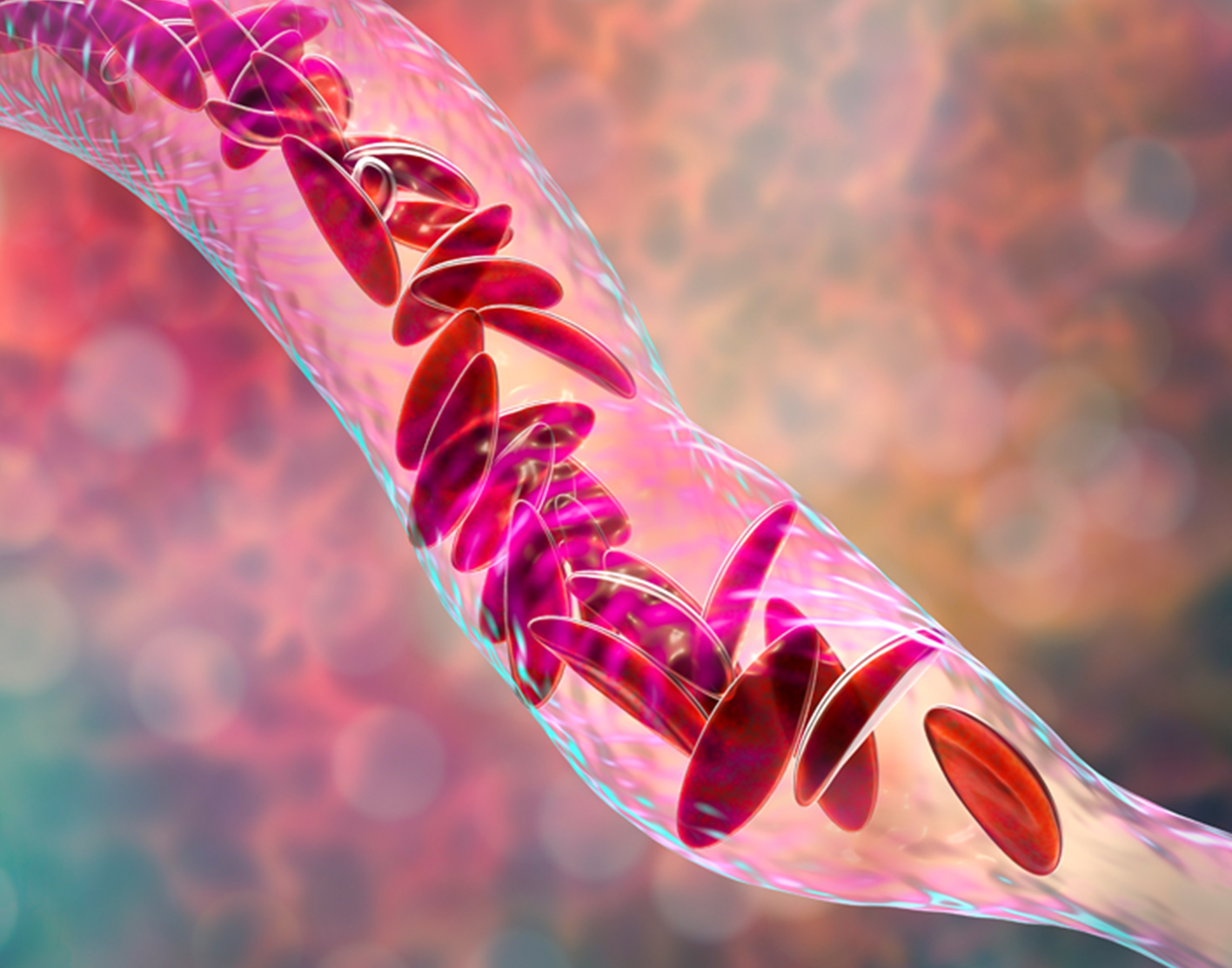
Sickle cell test
Definition
The sickle cell test looks for the abnormal
Alternative Names
Sickledex; Hgb S test
How the Test is Performed
A
How the Test will Feel
When the needle is inserted to draw blood, some people feel moderate pain. Others feel only a prick or stinging. Afterward, there may be some throbbing or a bruise. This soon goes away.
Why the Test is Performed
This test is done to tell if a person has abnormal hemoglobin that causes sickle cell disease and sickle cell trait. Hemoglobin is a protein in red blood cells that carries oxygen.
In sickle cell disease, a person has two abnormal hemoglobin S genes. A person with sickle cell trait has only one of these abnormal genes and no symptoms, or only mild ones.
This test does not tell the difference between these two conditions. Another test, called
Normal Results
A normal test result is called a negative result.
Normal value ranges may vary slightly among different laboratories. Some labs use different measurements or test different samples. Talk to your health care provider about the meaning of your specific test results.
What Abnormal Results Mean
An abnormal test result indicates the person might have one of these:
- Sickle cell disease
- Sickle cell trait
Iron deficiency or blood transfusions within the past 3 months can cause a false negative result. This means the person might have the abnormal hemoglobin for sickle cell, but these other factors are making their test results appear negative (normal).
Risks
There is little risk involved with having your blood taken. Veins and arteries vary in size from one person to another, and from one side of the body to the other. Obtaining a blood sample from some people may be more difficult than from others.
Other risks associated with having blood drawn are slight, but may include:
- Excessive bleeding
- Fainting or feeling lightheaded
- Multiple punctures to locate veins
- Hematoma (blood buildup under the skin)
- Infection (a slight risk any time the skin is broken)
References
Saunthararajah Y, Vichinsky EP. Sickle cell disease: clinical features and management. In: Hoffman R, Benz EJ, Silberstein LE, et al, eds. Hematology: Basic Principles and Practice. 7th ed. Philadelphia, PA: Elsevier; 2018:chap 42.
U.S. Department of Health and Human Services website. Centers for Disease Control and Prevention. Get screened to know your sickle cell status.
Review Date: 25/01/2022
The information provided herein should not be used during any medical emergency or for the diagnosis or treatment of any medical condition. A licensed physician should be consulted for diagnosis and treatment of any and all medical conditions. Call 911 for all medical emergencies. Links to other sites are provided for information only -- they do not constitute endorsements of those other sites. Copyright ©2019 A.D.A.M., Inc., as modified by University of California San Francisco. Any duplication or distribution of the information contained herein is strictly prohibited.
Information developed by A.D.A.M., Inc. regarding tests and test results may not directly correspond with information provided by UCSF Health. Please discuss with your doctor any questions or concerns you may have.



























